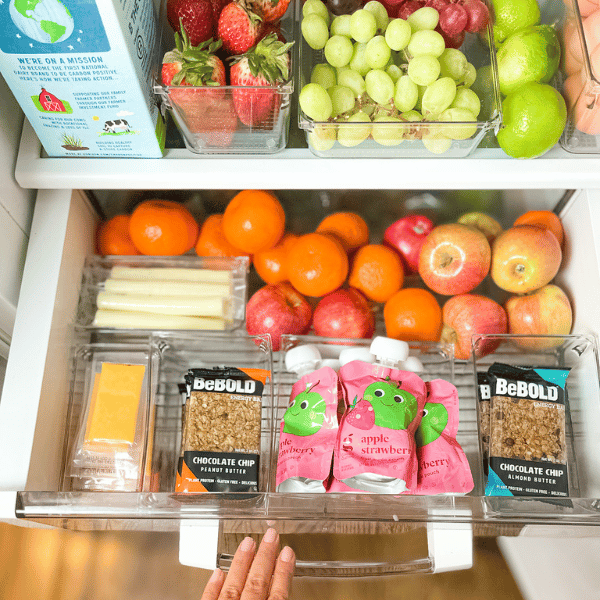With inflation on the rise, you may be thinking about ways to keep your grocery bill down. While nutritious food is often thought to be more expensive (and sometimes can be), you don’t have to break the bank to eat well. These are our top tips, from a registered dietitian, to eat healthy while keeping grocery costs down.
- Eat seasonally. Seasonal produce is typically less expensive than out of season produce. In the winter months that means embracing dark leafy greens, cruciferous vegetables, winter squash, and citrus fruits, whereas in the summer you’ll lean towards berries, stone fruits, summer squash, peppers, cucumbers, and tomatoes.
- Emphasize plant-proteins. Plant-based proteins like beans, lentils, tofu, and tempeh are significantly less expensive than fish, poultry, and meat. They are also nutrient-dense options that can support both short and long-term health.
- Stock up on frozen produce. Frozen fruits and vegetables are a fraction of the cost of fresh, and contain just as much—if not more— nutrition. Frozen produce is picked at peak ripeness and immediately frozen, helping to retain nutrients. Frozen vegetables can be great for stir fries, soups, and casseroles, and frozen fruit is excellent in smoothies, oatmeal, or overnight oats.
- Shop the sales mindfully. Shopping sales is a great way to save money, but only if you actually eat the food. Just because it’s on sale, doesn’t mean you have to buy it.
- Buy pantry items in bulk. Grains, beans, nuts, seeds, and some canned items are less expensive when you buy them in bulk, and they have a long shelf-life. Just make sure you’re choosing items that you’ll actually use before they expire.
- Create a meal plan. Creating a meal plan not only supports healthy eating, but it also streamlines your grocery list so you only buy what you will actually eat. This will reduce waste and ultimately save you money.
- Create a list and stick to it. While it can be tempting to add extra items that look good or are on sale, this is an easy way to rack up a high grocery bill. Buy just what you need and leave the rest.
- Skip the convenience items when possible. Pre-cut fruits and veggies or prepared foods are a huge convenience, but they cost more because you’re paying for labor and extra packaging. Pre-cut produce also spoils more quickly than items that haven’t been washed and cut. When you can take the time, do the chopping and cooking yourself.
- Buy the store brand. Most grocery stores offer their own brand of many packaged items from milk and jarred sauces to crackers and nut butters. In many cases they taste just as good and cost less.
Sarah Gold Anzlovar, MS, RDN, LDN is a registered dietitian, certified intuitive eating counselor, and the owner of Sarah Gold Nutrition, a virtual private practice and nutrition communications consulting business in the suburbs of Boston. She empowers busy women to ditch diets and learn to eat to feel their best without the stress.

